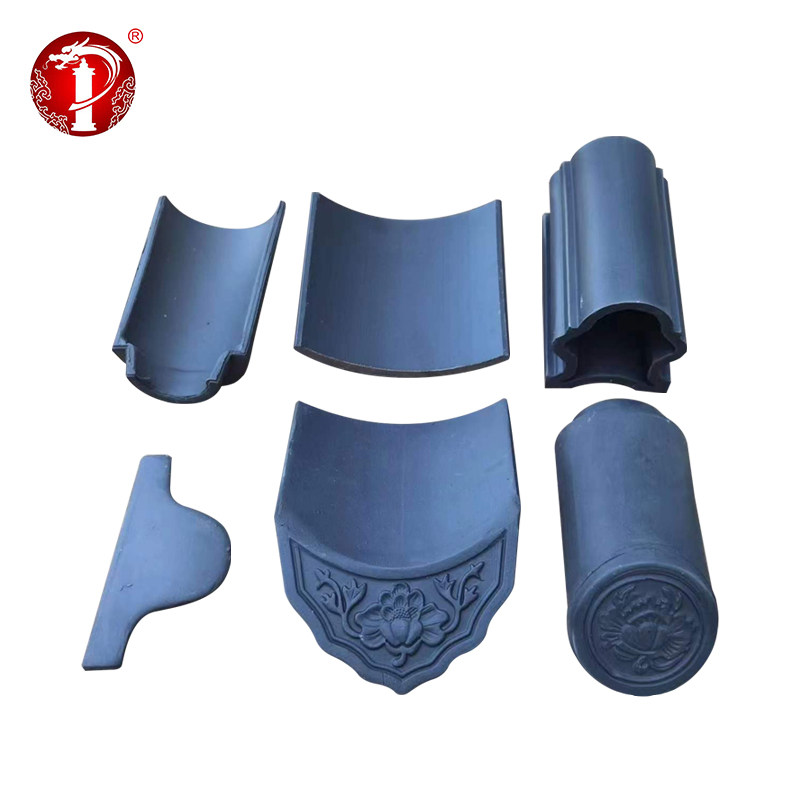 English
English-
 English
English -
 Español
Español -
 Português
Português -
 русский
русский -
 Français
Français -
 日本語
日本語 -
 Deutsch
Deutsch -
 tiếng Việt
tiếng Việt -
 Italiano
Italiano -
 Nederlands
Nederlands -
 ภาษาไทย
ภาษาไทย -
 Polski
Polski -
 한국어
한국어 -
 Svenska
Svenska -
 magyar
magyar -
 Malay
Malay -
 বাংলা ভাষার
বাংলা ভাষার -
 Dansk
Dansk -
 Suomi
Suomi -
 हिन्दी
हिन्दी -
 Pilipino
Pilipino -
 Türkçe
Türkçe -
 Gaeilge
Gaeilge -
 العربية
العربية -
 Indonesia
Indonesia -
 Norsk
Norsk -
 تمل
تمل -
 český
český -
 ελληνικά
ελληνικά -
 український
український -
 Javanese
Javanese -
 فارسی
فارسی -
 தமிழ்
தமிழ் -
 తెలుగు
తెలుగు -
 नेपाली
नेपाली -
 Burmese
Burmese -
 български
български -
 ລາວ
ລາວ -
 Latine
Latine -
 Қазақша
Қазақша -
 Euskal
Euskal -
 Azərbaycan
Azərbaycan -
 Slovenský jazyk
Slovenský jazyk -
 Македонски
Македонски -
 Lietuvos
Lietuvos -
 Eesti Keel
Eesti Keel -
 Română
Română -
 Slovenski
Slovenski -
 मराठी
मराठी -
 Srpski језик
Srpski језик
Ancient Chinese tiles have rich historical and cultural significance
2024-06-15
Ancient Chinese roof tiles are rich in historical and cultural significance, dating back thousands of years. These traditional tiles are an integral part of Chinese architecture and have been used to decorate the roofs of buildings, temples and palaces for centuries. The intricate design and craftsmanship of these tiles reflect the artistic and architectural achievements of ancient China.
The use of roof tiles in Chinese architecture dates back to the Neolithic Age, about 10,000 years ago. However, it was not until the Shang Dynasty (1600-1046 BC) that the production and use of roof tiles became more common. The Shang Dynasty marked the beginning of the use of fired clay roof tiles, which were more durable and weather-resistant than earlier materials.
One of the most distinctive features of ancient Chinese ceramic tiles is their unique shape and design. The most common type of roof tile is the "pan" tile, which is flat and rectangular. These tiles are often decorated with intricate patterns and symbols such as dragons, phoenixes, and other mythical creatures that hold symbolic significance in Chinese culture. The use of these symbols on roof tiles was believed to bring good luck, prosperity and protection to the building and its inhabitants.
Another popular type of roof tile is "shingle" shingles, which are curved and interlocking to create more complex decorative patterns on your roof. These tiles were often used on the roofs of temples and palaces, and their ornate patterns added to the grandeur and beauty of the buildings.
In addition to decorative functions, ancient Chinese ceramic tiles also had practical uses. The curved shape of the tiles effectively drains rainwater, preventing water from accumulating on the roof and causing damage to the building. The overlapping design of the tiles also provides a protective barrier against wind and rain, ensuring the stability and longevity of the roof.
The production of roof tiles in ancient China was a meticulous and labor-intensive process. The clay used to make tiles is carefully selected and mixed with water to create a pliable material. The clay is then shaped into the desired tile shape and allowed to dry before being fired at high temperatures in a kiln. After firing, the tiles are glazed and decorated with colorful patterns that add to the aesthetic appeal.
The cultural significance of ancient Chinese roof tiles extends beyond their architectural and decorative value. These tiles are considered a symbol of Chinese cultural traditions, craftsmanship and heritage. They are also a testament to the ingenuity and engineering skills of ancient Chinese craftsmen, who developed sophisticated techniques to create durable and beautiful roof tiles.
Today, ancient Chinese tiles are still an important part of traditional Chinese architecture, and many historical buildings and cultural sites still retain these exquisite tiles. The preservation and restoration of ancient roof tiles is vital to maintaining the authenticity and beauty of these architectural treasures.
To sum up, ancient Chinese tiles are not only functional and practical elements of traditional Chinese architecture, but also symbols of cultural heritage and artistic achievements. Their intricate design, symbolism and practical value give them a unique and lasting feature in the history of Chinese architecture. The legacy of ancient Chinese ceramic tiles continues to inspire awe and admiration for the rich cultural heritage of ancient China.





